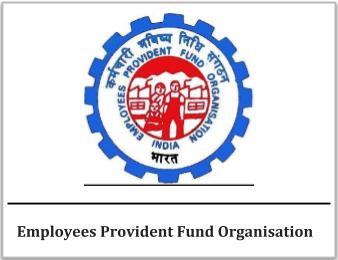EPFO Exam Model Questions : General Awareness (Set-31)

EPFO Exam Model Questions : General Awareness
1. The basic difference between parliamentary system of India and Britain is -
(a) In context of the role of head of state.
(b) In context of the role of the judiciary.
(c) In the nature of the rule of law.
(d) In context of relevance of the lower house.
2. Consider the following statements
(i) Clause (3) of article 20 provides that no person accused of any offence shall be compelled to be a witness against himself.
(ii) Article 20 (3) embodies the general principle of English and American criminal law that no one shall be considered a criminal unless his crime has been proved.
Which of the above statement(s) is/are correct?
(a) Only (i)
(b) Only (ii)
(c) Both (i) and (ii)
(d) Neither (i) nor (ii)
3. Consider the following statements.
(i) The parliament had approved the ‘committee system’ which was based on the recommendation given by the ministry of law in its report.
(ii) The law ministry had recommended setting up 17 committees each comprising 10 members from Rajya Sabha and 15 from Lok Sabha.
Which of the above statement(s) is/are correct?
(a) Only (i)
(b) Only (ii)
(c) Both (i) and (ii)
(d) Neither (i) nor (ii)
4. Which of the following concepts establishes control over the principal of judicial review?
(a) Rule of law.
(b) Due process of law.
(c) Procedure established by law.
(d) Equal protection of laws.
5. Which of the following statements is not correct?
(a) The Mandal commission was established in India in 1979 under a mandate of supreme court in order to identify the socially or educationally backward people.
(b) The commission used eleven social; economic and educational indicators to determine backwardness.
(c) In 1980, the commission’s report confirmed the need for ‘affirmative action’ in India.
(d) The commission recommended a 27 percent reservation for OBCs in government jobs.


